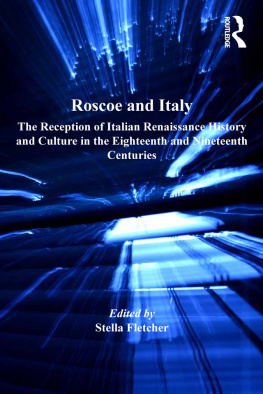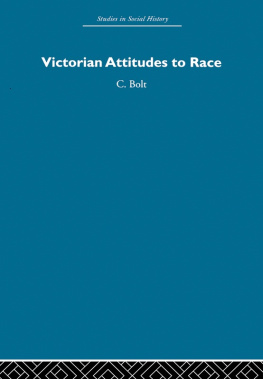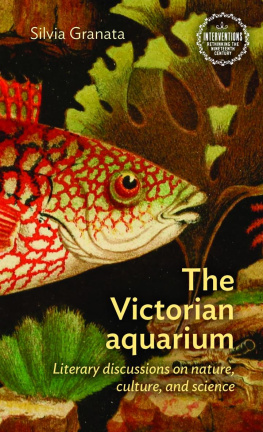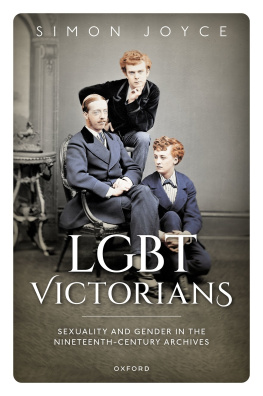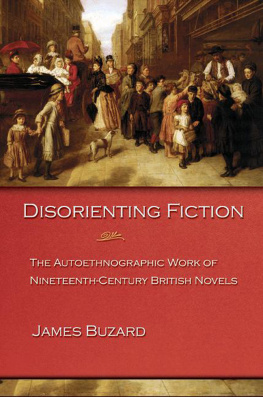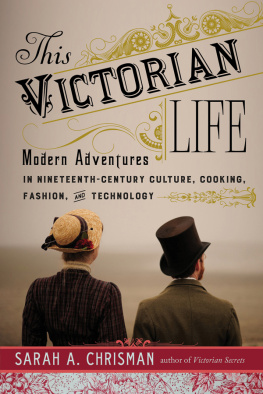The Devil and the Victorians
In recent decades, there has been a growing recognition of the significance of the supernatural in a Victorian context. Studies of nineteenth-century spiritualism, occultism, magic, and folklore have highlighted that Victorian England was ridden with spectres and learned magicians. Despite this growing body of scholarship, little historiographical work has addressed the Devil. This book demonstrates the significance of the Devil in a Victorian context, emphasising his pervasiveness and diversity. Drawing on a rich array of primary material, including theological and folkloric works, fiction, newspapers and periodicals, and broadsides and other ephemera, it uses the diabolic to explore the Victorians complex and ambivalent relationship with the supernatural. Both the Devil and hell were theologically contested during the nineteenth century, with an increasing number of both clergymen and laypeople being discomfited by the thought of eternal hellfire. Nevertheless, the Devil continued to play a role in the majority of English denominations, as well as in folklore, spiritualism, occultism, popular culture, literature, and theatre. The Devil and the Victorians will appeal to readers interested in nineteenth-century English cultural and religious history, as well as the darker side of the supernatural.
Sarah Bartels is a cultural and religious historian specialising in the history of the supernatural in nineteenth-century England. She completed her PhD at the University of Queensland in 2019.
Routledge Studies in Modern British History
Science, Utility and British Naval Technology, 17931815
Samuel Bentham and the Royal Dockyards
Roger Morriss
Credit and Power
The Paradox at the Heart of the British National Debt
Simon Sherratt
The Casino and Society in Britain
Seamus Murphy
Great Britain, the Dominions and the Transformation of the British Empire, 19071931
The Road to the Statute of Westminster
Jaroslav Valkoun
The Discourse of Repatriation in Britain, 18452016
A Political and Social History
Daniel Renshaw
The Devil and the Victorians
Supernatural Evil in Nineteenth-Century English Culture
Sarah Bartels
Lord Dufferin, Ireland and the British Empire, c. 18201900
Rule by the Best?
Annie Tindley
For more information about this series, please visit: https://www.routledge.com/history/series/RSMBH
First published 2021
by Routledge
52 Vanderbilt Avenue, New York, NY 10017
and by Routledge
2 Park Square, Milton Park, Abingdon, Oxon OX14 4RN
Routledge is an imprint of the Taylor & Francis Group, an informa business
2021 Taylor & Francis
The right of Sarah Bartels to be identified as author of this work has been asserted in accordance with sections 77 and 78 of the Copyright, Designs and Patents Act 1988.
All rights reserved. No part of this book may be reprinted or reproduced or utilised in any form or by any electronic, mechanical, or other means, now known or hereafter invented, including photocopying and recording, or in any information storage or retrieval system, without permission in writing from the publishers.
Trademark notice: Product or corporate names may be trademarks or registered trademarks, and are used only for identification and explanation without intent to infringe.
Library of Congress Cataloging-in-Publication Data
Names: Bartels, Sarah, 1991 author.
Title: The devil and the Victorians : supernatural evil in nineteenth-century English culture / Sarah Bartels.
Description: New York, NY : Routledge, 2021. | Series: Routledge studies in modern British history | Includes bibliographical references and index.
Identifiers: LCCN 2020041763 (print) | LCCN 2020041764 (ebook) | ISBN 9780367444204 (hbk) | ISBN 9781003009597 (ebk) | ISBN 9781000348026 (adobe pdf) | ISBN 9781000348033 (mobi) | ISBN 9781000348040 (epub)
Subjects: LCSH: Devil. | DemonologyGreat BritainHistory19th century. | Great BritainChurch history 19th century. | Great BritainHistoryVictoria, 18371901.
Classification: LCC BR759 .B265 2021 (print) | LCC BR759 (ebook) | DDC 133.4/22094209034dc23
LC record available at https://lccn.loc.gov/2020041763
LC ebook record available at https://lccn.loc.gov/2020041764
ISBN: 978-0-367-44420-4 (hbk)
ISBN: 978-1-003-00959-7 (ebk)
Typeset in Sabon
by codeMantra
To Christian Bartels (19562007)
In the early days of February, 1855, the inhabitants of a large swathe of Devon woke to find the snow covered in strange tracks resembling the imprints of a cloven hoof. These tracks were reported at over thirty locations, covering a radius of between forty and a hundred miles. They were often found in incongruous places, suggesting that whatever had made them had walked over rooftops, leapt over high walls, and passed through small gaps in hedgerows. Speculating on their unusual shape and the fact that they appeared to indicate a physically impossible journey, some of the locals began to wonder if The real cause of the incident is less significant than the fact that, for at least some nineteenth-century observers, not only were symbolically suggestive things like hoofmarks still strongly linked with the diabolic, but that it was not entirely implausible that the Devil might be active in the world.
This mysterious incident is explicable when situated against the background of an active diabolic current in Victorian culture. This book is an examination of the ways in which the Devil was active in the culture of Victorian England. It also provides an explanation and analysis of what exactly the term Devil meant in a Victorian English context. The Victorian Devils mutability and pervasiveness offer an opportunity to explore the complicated ways in which belief, doubt, and imaginative endeavour intersected in Victorian culture. The Victorian Devil was uniquely situated, hovering between meaning and meaninglessness and between acute seriousness and light-hearted humour and not infrequently managing to inhabit all of those states simultaneously for the same individual or community. The Devil was a regular feature of Victorian life, appearing in a constant stream of supernatural beliefs, both orthodox and heterodox, colloquial expressions, and an array of entertainments, including novels, The Victorian Devil was a powerful, widely recognised concept whose ability to convey an extensive range of ideas allowed him to transcend social divides.
The Victorian Devil
This Victorian Devils amorphousness raises obvious questions of coherence. How could a single figure have so many faces, while retaining any sort of internal unity? Did he retain internal unity at all? Is it possible that, by the Victorian era, it is nonsensical to speak of the Devil as a single figure? Perhaps, in the face of theological innovation and debate, the worryingly glorious Satan of Milton, the horned buffoon of the Punch and Judy show, and the esoteric definitions of Victorian spiritualists and occultists, he had simply fragmented into hollow meaninglessness. The Devils identity was often bound together by the thinnest of threads. For the Victorians themselves, he lacked an entirely unified meaning, with individuals not only reacting to him in widely differing ways but generally being well aware of his contradictions. This awareness stemmed from nothing more complicated than having heard a sermon which mentioned the Devil, while also having heard or read a diabolic folktale, watched a Punch and Judy show, or seen a humorous image of a figure with horns and tail. How this contradiction was or was not resolved is more complex. There was a small subset of Victorians who thought that it was unwise to treat the Devil lightly. Such concerns only made sense in the context of a traditionalist view of the Christian universe, in which the Devil was not only real but powerful and dangerous. In this context, it was more than reasonable to think that laughing at a being, who could tempt you down a road which led to an eternity of torment, was not the best idea, especially if it led those who did so to stop taking the Devil as seriously as they otherwise would have done. The prevalence of diabolic humour and entertainment suggests that this view was not dominant.



